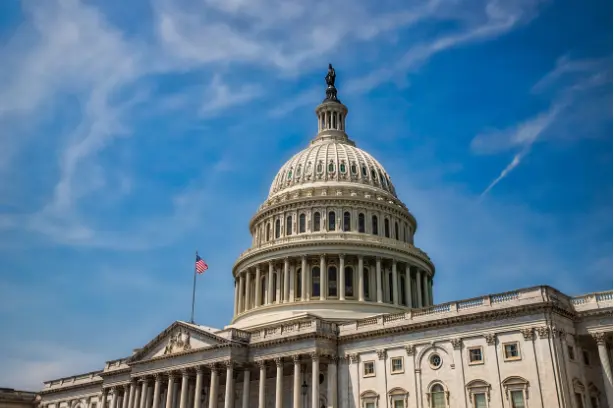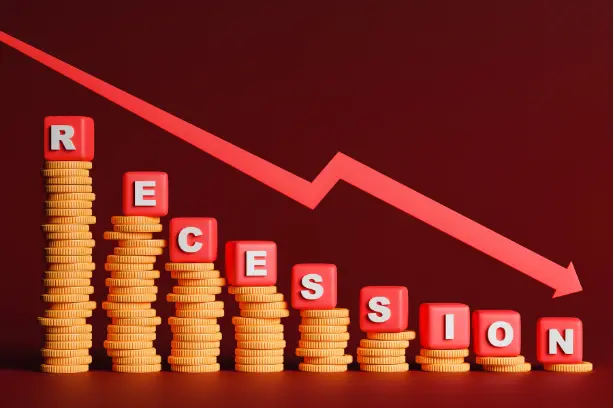By Preserve Gold Research
Renowned for his keen eye on market bubbles, Jeremy Grantham has once again sounded the alarm, this time on the rapid growth of artificial intelligence (AI) companies. In his latest quarterly letter, Grantham highlighted how the increasing frenzy around AI has led to the emergence of what he calls “a bubble within a bubble.” Fueled by the widespread belief that AI will continue to drive exponential growth, investors have poured billions into AI-focused companies, pushing valuations to nosebleed levels.
Despite acknowledging the transformative potential of AI, Grantham cautions that this market mania has resulted in a detachment from reality, where investors are blindly betting on AI without understanding the underlying risks. He compares the current situation to the dot-com bubble of the late 1990s, where companies with little to no revenue were valued at astronomical levels based on promises of future technological breakthroughs.
A self-reinforcing cycle of hype and investment has emerged, with companies racing to label themselves as AI-driven. This has led to a flood of funding for startups and established companies alike, as investors scramble to get a piece of the AI pie. However, Grantham warns that this demand has created an unsustainable market, with many companies overvalued and lacking fundamental business models.
“Every technological revolution like this – going back from the internet to telephones, railroads, or canals — has been accompanied by early massive hype and a stock market bubble as investors focus on the ultimate possibilities of the technology, pricing most of the very long-term potential immediately into current market prices,” says Grantham. With investors feverishly chasing after AI hype, there is a real risk of another bubble burst, leaving behind a trail of failed companies and disillusioned investors.
Stock Prices Being Pushed to Record Levels
Following the Fed’s most aggressive rate hiking cycle in four decades, stocks slumped in the first half of 2022 with the S&P 500 declining by over 21%. It was the worst six-month start to a year since 1970, as fears of rising interest rates and economic slowdown gripped the market. But what appeared to be a market correction that displayed all of the typical characteristics of a deflating bubble, was rather a prelude for another wave of stock market mania. This time, it was driven by the rise of artificial intelligence.
In the midst of this market downturn, the launch of AI, in particular ChatGPT, a conversational AI platform, took the investment world by storm. As public interest and media coverage grew, so did the stock prices of AI companies. The proliferation of AI technologies breathed new life into the market, leading all three major US stock indices to hit record highs in 2023. However, it was the tech-heavy Nasdaq and its slew of AI companies that benefited the most, finishing 2023 up 43% — its best performance since 2020.
So far, the surge has continued in 2024 with AI companies dominating the market and pushing stock valuations to unprecedented levels. After posting a 239% gain in 2023, Nvidia, the leading manufacturer of AI chips, saw its stock price skyrocket by an additional 145% in just the first half of 2024. Other tech giants like Amazon have also seen their market capitalizations reach record highs thanks to their investments in AI.
Despite the soaring valuations of AI-driven companies propelling major indices to record highs, the current market health paints a distorted reality. With all three indices using either a price-weighted or market capitalization-weighted methodology, the performance of a select few companies has an outsized effect on the overall index value. According to experts, this market distortion is largely driven by the dominance of AI companies in the market and their meteoric rise in stock prices.
Speaking on the current market conditions, Rob Haworth, senior investment strategy director for U.S. Bank Wealth Management, commented, “Stocks in June rallied on narrowing breadth. Things are going well for the largest companies, but there are concerns that it isn’t going as well for every part of the market.” Put another way, the success of a few AI companies is masking the underperformance of the broader market. This begs the question, is this AI-driven bull market sustainable or are we heading for another crash?
To Grantham, it’s not a matter of if, but when. The Shiller price-to-earnings ratio, which measures stock prices relative to the average of the past 10 years of earnings, reached 35 as of June, placing it in the top 1% of historical valuations. Such elevated P/E ratios, combined with near-record corporate profit margins, pose a risk of “double jeopardy” — where high valuations and high-profit margins can lead to sudden market corrections.
Echoing Grantham’s concerns, other investment managers like Steven Desmyter, point to the Tobin’s Q ratio, which compares the market value of a company’s assets to their replacement cost, as a warning sign of an impending market correction. When the Q ratio is above 1, it indicates that market values are exceeding the actual cost to replace assets, often signaling an overvalued market that is prone to correction.
At 159% in the first quarter of 2024, the Q ratio has inched towards levels reminiscent of previous market bubbles, adding another layer of concern for investors wary of overvaluation. “It doesn’t paint a pretty picture of where we are now,” Desmyter said. “The three gauges imply nominal 10-year forward returns of somewhere between -4 and +3%,” he added, in reference to the Shiller P/E ratio, the Q ratio, and Household Stock Ownership as a proportion of financial assets.
While headline figures seem to suggest a robust market, a closer look at market breadth reveals a narrowing trend. The concentration of gains among a few tech giants has created a widening gap between the top-performing stocks and the rest of the market, masking the struggles of the majority. And with tech stocks making up a significant portion of market indexes, experts say the risk of a swift market correction is heightened.
‘You Can’t Get Blood Out of a Stone’
Jeremy Grantham’s warning of an AI bubble brings to mind historical financial bubbles and their devastating outcomes. When asset prices are overinflated by optimism and speculation, a correction is inevitable, and the larger the bubble, the greater the impact.
Take, for instance, the Japanese market in 1989. Stock prices soared to new heights, fueled by a speculative mania that saw investors buying into overvalued assets at any cost. The Nikkei Stock Price Average, Japan’s equivalent of the Dow Jones, began its ascent from ¥7042 in 1982 and surged to a peak of ¥38150 in 1989 — over a fivefold increase in just seven years. But as Grantham famously stated, “You can’t get blood out of a stone.” When the bubble inevitably burst, it wiped out trillions of dollars in wealth and led to a decade-long market downturn known as the “Lost Decade.”
Similarly, the U.S. tech bubble of 1998-1999 saw tech stocks reach astronomical valuations, causing the Nasdaq index to rise from under 1,000 points in 1995 to over 5,000 points in 2000. Driven by the promise of internet and technology companies, investors poured money into these stocks regardless of their fundamentals. But as history has shown us, what goes up must come down. The dot-com bubble burst in 2001, causing the Nasdaq to plummet by over 76%, erasing billions of dollars in the process. By 2002, the majority of dotcom stocks had gone bust, and even blue-chip tech stocks lost over 80% of their value. Only after 15 years, in 2015, did the Nasdaq fully recover and reach its previous peak.
In 2022, Grantham warned of a “super bubble” forming in the broader market. He cautioned that this bubble was unlike any seen before, fueled by unprecedented monetary easing and speculative excesses. While the Fed’s aggressive rate hiking helped tamp down on some of the bubble’s excesses, Grantham believes that the bubble never came close to fully deflating. And with AI stocks creating their own bubble in the market, he cautions that the current bubble could “deflate and probably facilitate a more normal ending to the original bubble.”
Grantham’s warning serves as a timely reminder that bubbles can happen at any time and in any market, driven by a combination of irrational exuberance and easy money policies. Whether it’s the tulip mania of the 17th century or the tech bubble of the 21st century, history has shown us that irrational exuberance and speculation often lead to disastrous consequences. And while it may be impossible to predict when a correction will occur, one thing is certain: markets will always have ups and downs, and prudent savers must be prepared for both.







